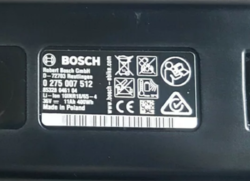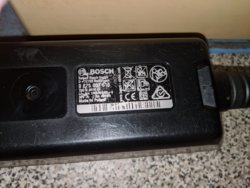Bit off thread but why is there no dynamo charging system for ebike batteries topping it up as you ride?
You can do it, and in some circumstances it may make some sense, like retrofitting to a bike which can't be setup with integrated lighting for whatever reason. Purpose built ebikes supplied with lighting as standard will always utilise a direct feed from the battery because the drag and conversion losses caused by the dynamo light and hub combo would waste more energy than a direct feed from the battery to a lamp. As a rule of thumb, whenever you convert energy from one form to another you lose energy, usually through heat, light and sound, the rate of loss is known as efficiency. This is why light bulbs get hot and sometimes buzz, even though we usually only want them to produce light.
Lets assume for the sake of simplicity that the rate of loss is 20% at each stage of conversion, and we need 3 watts to power the lamp, you're going to need to supply more watts from the battery to ensure 3 watts makes it to the lamp after all conversion losses, with 5 steps of conversion (Battery - Elec - Kinetic - Elec - Light), you're going to need to supply 10 times as many watts from the battery. I'm not an electrical engineer and I'm not 100% sure on the actual loss %, it does vary at each stage. But that's in essence the reason you won't see dynamos on commercial ebike systems.
Of course, 30 watts is negligible on a 250w motor, you can expect the rider to put in another 100w easily, so you're looking at less than 1% of overall power, but still that is lost range on an ebike. I would not fit a dynamo hub to an ebike personally, it would make more sense for my kind of riding to fit removable battery powered lights and preserve the range and long term wear on the expensive bike battery. Charging the LED lights from my bike is still possible, as I can hook up 1 2AMP USB device to my Bosch Kiox Display, so I could charge in a bind.



